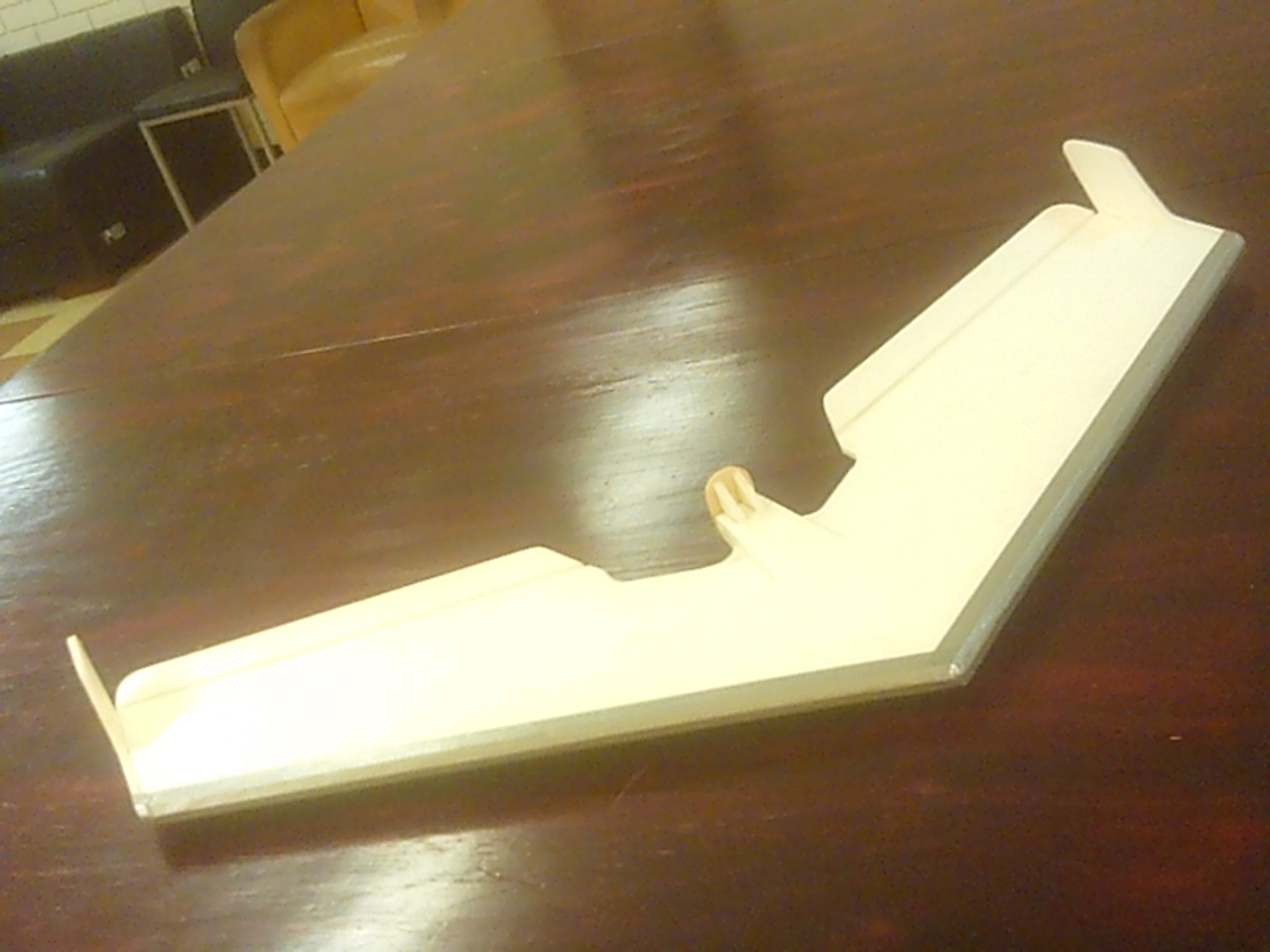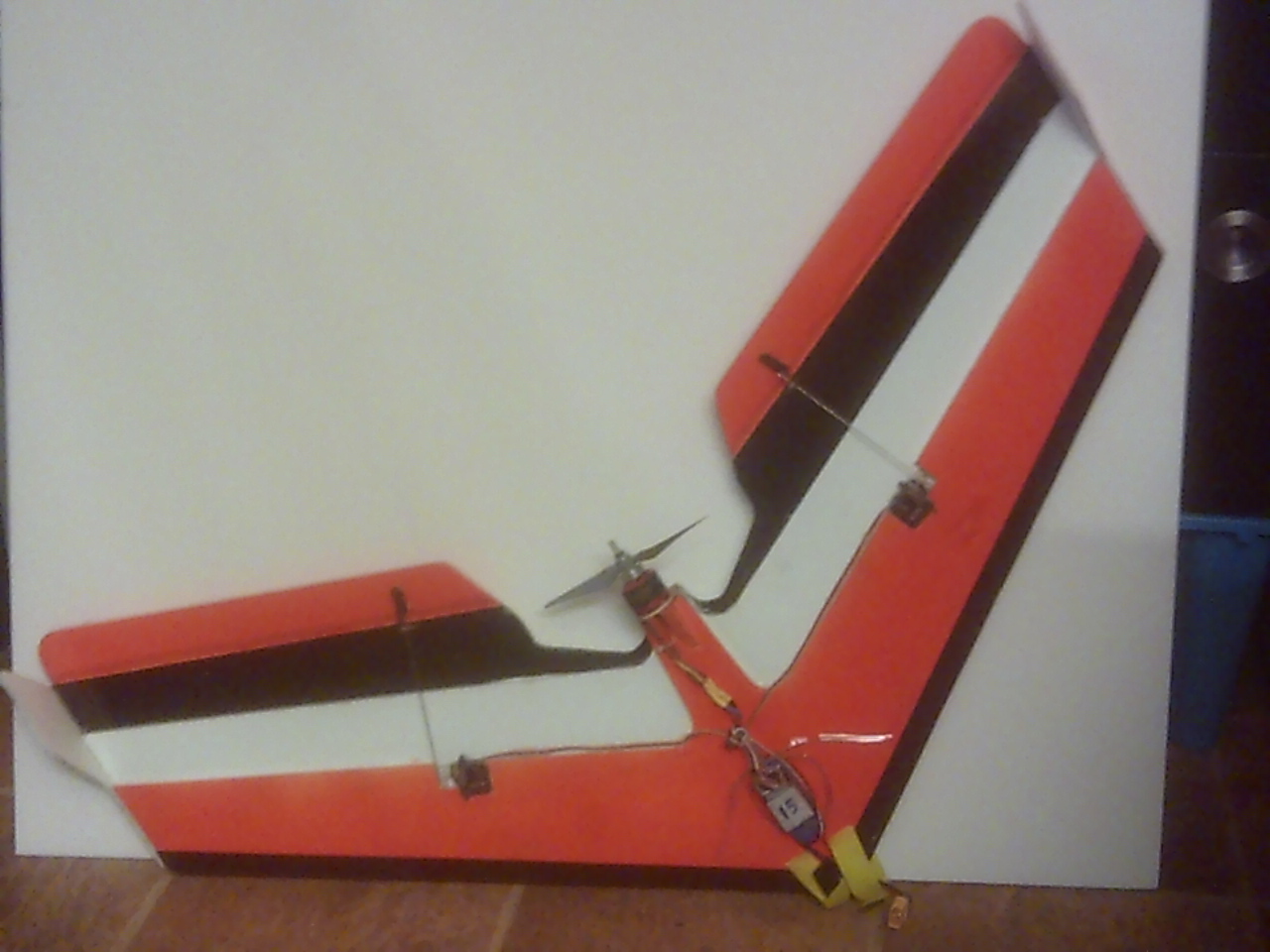Hai-Lee
Old and Bold RC PILOT
This is the first build in what will hopefully be a series.
Motivation
I wanted to teach myself how to setup and fly a flying wing and I was intrigued by the idea of a 2 servo only plane with full roll control so I searched the internet and this included the FT pages to see if anything was appealing. Many designs were quite attractive but some were too elaborate, too fragile, or just miles too big or small. I wanted it to be suitable for building simply out of FB without fancy bends or a construction that required a great deal of hand skill and accuracy because I did truly expect it to be a one flight wonder at the time.
The inspiration for this build/design is another project wing posted on the FT pages, https://www.flitetest.com/articles/tinywing
The design was too small for my purposes, (I needed something a little larger but I was attracted by its simplicity). So I scaled it up to 800mm and with a few changes to make it longer lived, slightly more robust, and able to handle more powerful motors without excessive noise. Additionally I did not want to have to fit CF spars or any other reinforcing materials. This is the result!
This build is of the latest version.
The electronic equipment required
The usual Rx and Tx of course. (Must be capable of supporting Elevon mixing).
9 Gram servos x2
Brushless motor (100 Watt up to Park 400)
Brushless ESC to suit motor selected.
Battery to suit balance or motor current drain (1300 3S to 1800 4S)
Materials
5mm FB or equivalent
Minwax or equivalent
White glue or Equivalent
Foam safe glue
Epoxy for mounting motor mount
3mm Ply
Reinforced packing tape
2 velcro straps for battery retention
10mm x 10mm wood strip as keel (optional)
Pint, tape or wrap to suit your required colour scheme or finish.
Tools Etc
Sharp knife
1 metre Steel ruler
Pencil
A spatula or similar to spread the glue
Cheap packing tape
a board and some weight (to act as a press whilst the glue dries.
Plans
Please find attached a copy of the UPDATED plans with all layers superimposed for clarity. If individual piece plans are required please advise!
The build and the Photos will be on a second and often edited post!
Have fun!
Motivation
I wanted to teach myself how to setup and fly a flying wing and I was intrigued by the idea of a 2 servo only plane with full roll control so I searched the internet and this included the FT pages to see if anything was appealing. Many designs were quite attractive but some were too elaborate, too fragile, or just miles too big or small. I wanted it to be suitable for building simply out of FB without fancy bends or a construction that required a great deal of hand skill and accuracy because I did truly expect it to be a one flight wonder at the time.
The inspiration for this build/design is another project wing posted on the FT pages, https://www.flitetest.com/articles/tinywing
The design was too small for my purposes, (I needed something a little larger but I was attracted by its simplicity). So I scaled it up to 800mm and with a few changes to make it longer lived, slightly more robust, and able to handle more powerful motors without excessive noise. Additionally I did not want to have to fit CF spars or any other reinforcing materials. This is the result!
This build is of the latest version.
The electronic equipment required
The usual Rx and Tx of course. (Must be capable of supporting Elevon mixing).
9 Gram servos x2
Brushless motor (100 Watt up to Park 400)
Brushless ESC to suit motor selected.
Battery to suit balance or motor current drain (1300 3S to 1800 4S)
Materials
5mm FB or equivalent
Minwax or equivalent
White glue or Equivalent
Foam safe glue
Epoxy for mounting motor mount
3mm Ply
Reinforced packing tape
2 velcro straps for battery retention
10mm x 10mm wood strip as keel (optional)
Pint, tape or wrap to suit your required colour scheme or finish.
Tools Etc
Sharp knife
1 metre Steel ruler
Pencil
A spatula or similar to spread the glue
Cheap packing tape
a board and some weight (to act as a press whilst the glue dries.
Plans
Please find attached a copy of the UPDATED plans with all layers superimposed for clarity. If individual piece plans are required please advise!
The build and the Photos will be on a second and often edited post!
Have fun!
Attachments
Last edited:















